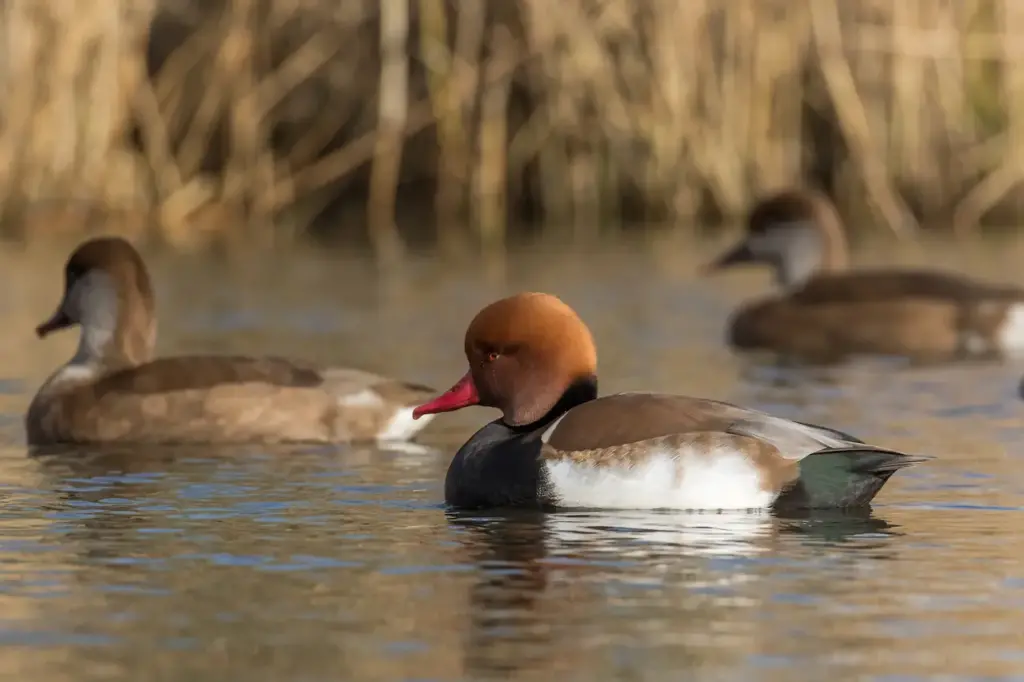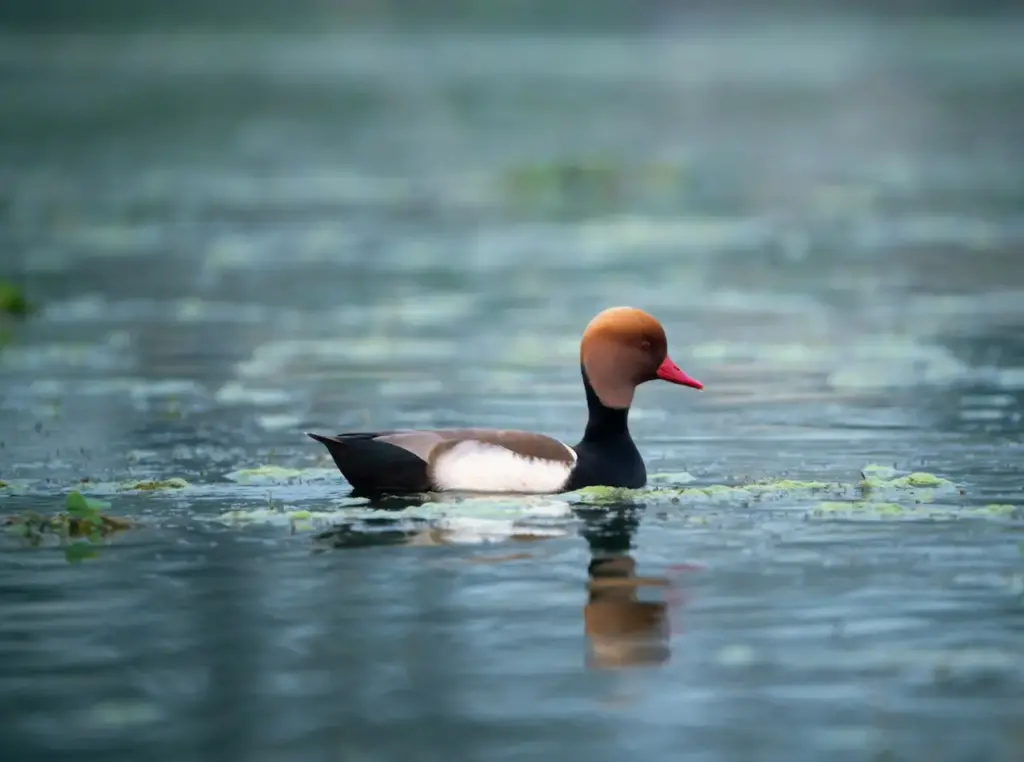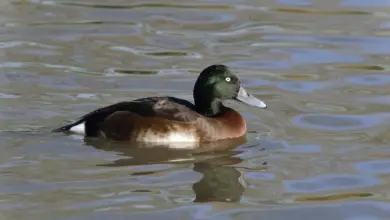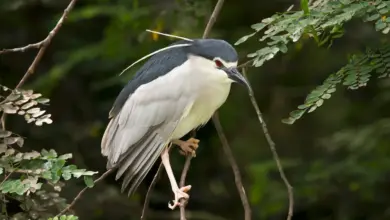The Red-crested Pochard (Netta rufina) is a large diving duck.
Distribution / Range
Their breeding habitat is lowland marshes and lakes in southern Europe and southern and central Asia.

They are somewhat migratory, and northern birds winter further south and into north Africa.
The birds’ status in the British Isles is much confused due to the fact that there have been many escapes and deliberate releases over the years, as well as natural visitors from the continent. However, it is most likely that they are escapees that are now breeding wild and have built up a successful feral population.
They are most numerous around areas of England including Gloucestershire, Oxfordshire and Northamptonshire. Wild birds occasionally turn up at places such as Abberton Reservoir, Essex.
These are gregarious birds, forming large flocks in winter, often mixed with other diving ducks, such as other pochards.
Diet / Feeding
They feed mainly by diving or dabbling. They eat aquatic plants, and typically upend for food more than most diving ducks.
Description
The adult male is unmistakable. It has a rounded orange head, red bill and black breast. The flanks are white, the back brown, and the tail black.
The female is mainly a pale brown, with a darker back and crown and a whitish face.
Nesting / Breeding
Red-crested pochards build a nest by the lakeside among vegetation and lay 8-12 pale green eggs.
Conservation
The Red-crested Pochard is one of the species to which the Agreement on the Conservation of African-Eurasian Migratory Waterbirds (AEWA) applies.

Diet / Feeding:
Red-crested pochards usually feed by diving or dabbling. Their diet consists of aquatic plants, and they typically upend for food more than most diving ducks.
Ducks generally feed on larvae and pupae usually found under rocks, aquatic animals, plant material, seeds, small fish, snails and crabs.
Feeding Ducks …
We all enjoy ducks and many of us offer them food to encourage them to come over and stay around – and it works! Who doesn’t like an easy meal!
However, the foods that we traditionally feed them at local ponds are utterly unsuitable for them and are likely to cause health problems down the road. Also, there may be local laws against feeding this species of bird – so it’s best to check on that rather than facing consequences at a later stage.
- Foods that can be fed to Ducks, Geese and Swans to survive cold winters and remain healthy when food is scarce in their environment.
Please note that feeding ducks and geese makes them dependent on humans for food, which can result in starvation and possibly death when those feedings stop. If you decide to feed them, please limit the quantity to make sure that they maintain their natural ability to forage for food themselves – providing, of course, that natural food sources are available.





